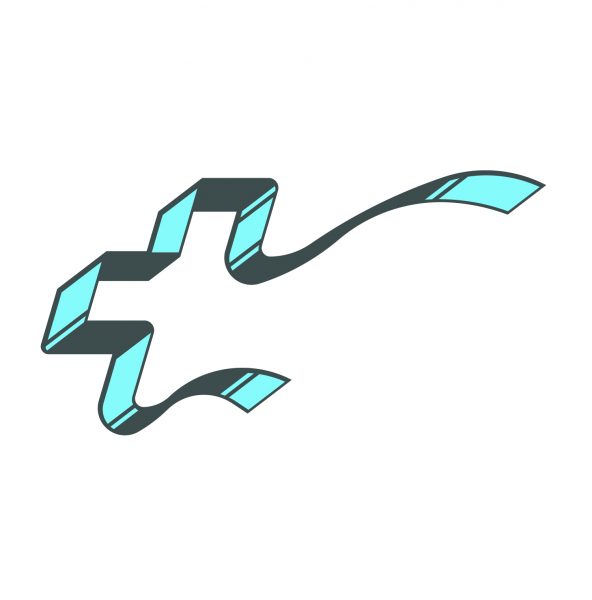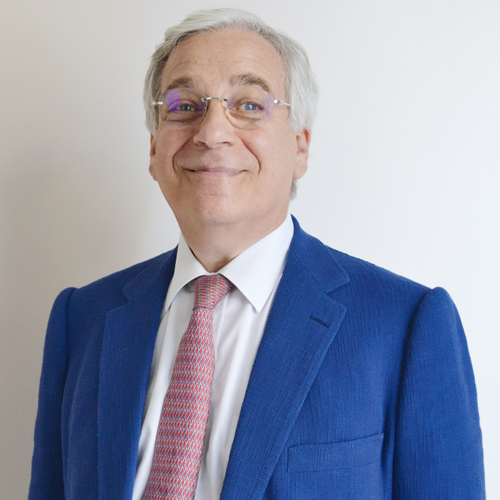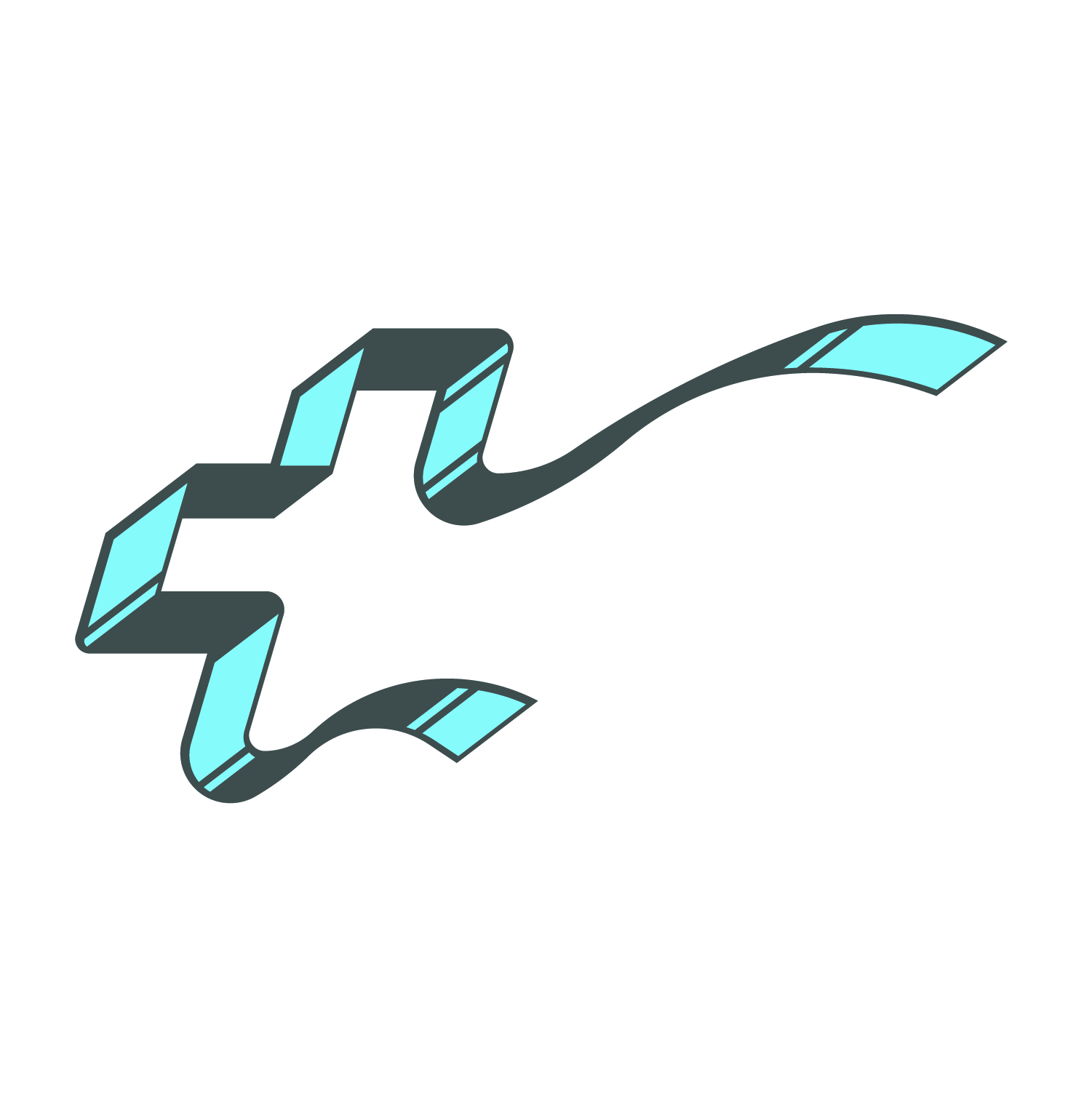The normal amount of sleep needed varies from person to person: from 6 hours (short sleeper) to 10-12 hours (long sleeper). The duration of deep sleep, the sleep that enables us to recover from the fatigue of the day before, is 110-120 minutes. The duration of REM sleep (paradoxical sleep) is expressed as a percentage of sleep time. An individual dreams for 20 to 25% of the time that he or she is asleep. 3 to 7% of individuals in the general population have obstructive sleep apnea. This percentage increases in patient with cardiovascular disease (20-30%) or metabolic disease like diabetes (30 to 90%, depending on the degree of obesity). Apnea severity is quantified by the number of apneic episodes (complete cessation of breathing) and hypopneic episodes (partial cessation of breathing) per hour of sleep. Apneas can be classified as mild (5 to 14.9 episodes per hour), moderate (15 to 29.9/hour) or severe (more than 30/hour).
Patients request consultations due to sleepiness or excessive fatigue, snoring, apnea suspected by the patient or more often by a partner, insomnia or a perception of sleeping poorly.
The patient begins by filling out questionnaires. These questionnaires are designed to identify evidence of several diseases associated with sleep and alertness. These included, for example, sleep apnea, anxiety, depression, restless leg syndrome and narcolepsy. The questionnaire responses may suggest a diagnostic hypothesis. They serve as reference values for assessing the effectiveness of a treatment. These responses are compared to those obtained from the patient during consultation and examination.
As a first step, a sleep diary is used to record what time you go to bed, how well you sleep, what time you wake up, naps or indicators of drowsiness (yawning). There are different type of sleep tests. Respiratory polygraphy only records respiration while sleeping. Polysomnography is the gold standard. During this test, a machine records sleep, breathing, the heart, leg movement, body movement and the voice. Patients may also be filmed.
The patient arrives at the Pierre Cherest Clinic, which routinely has four beds available for sleep investigations. The patient checks in around 6 p.m., takes a shower and has dinner. A sleep technician places electrodes on the patient’s head, close to the eyes, one the chest, abdomen, leg and one finger. Video recording is used to detect, for example, abnormal movements. The test ends at 6 a.m. when the sensors are removed. Then, the data are analyzed and a report summarizing the clinical and polysomnography results is written up to discuss with the patient and decided on a treatment plan.
The treatment depends on the diagnosis. For obstructive sleep apnea, medical treatment may consist of weight loss, a mandibular advancement device (a sort of mouth guard) or continuous positive airway pressure. Less often, treatment may be surgical (ablation of enlarged tonsils or bimaxillary surgery, for example). Patients often exhibit multiple associated sleep disorders. It is therefore important to consult with other specialist such as the pulmonologist, neurologist, ENT and psychiatrist for optimal care.



